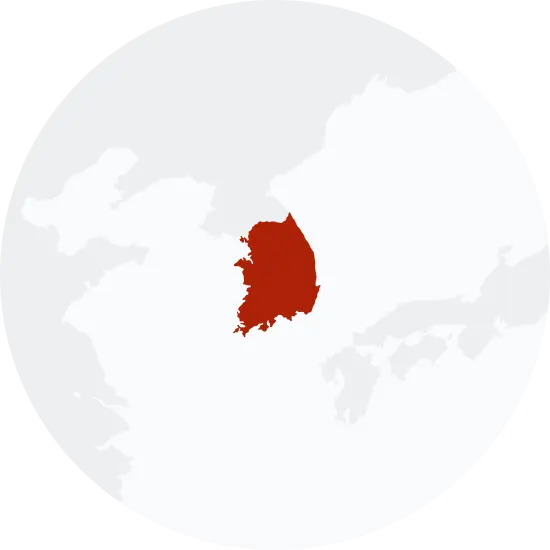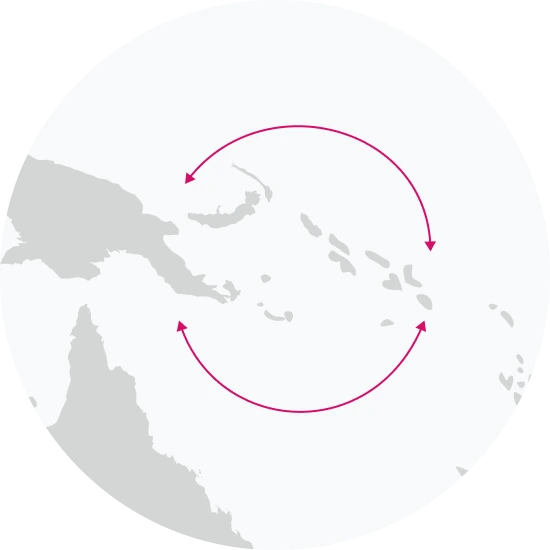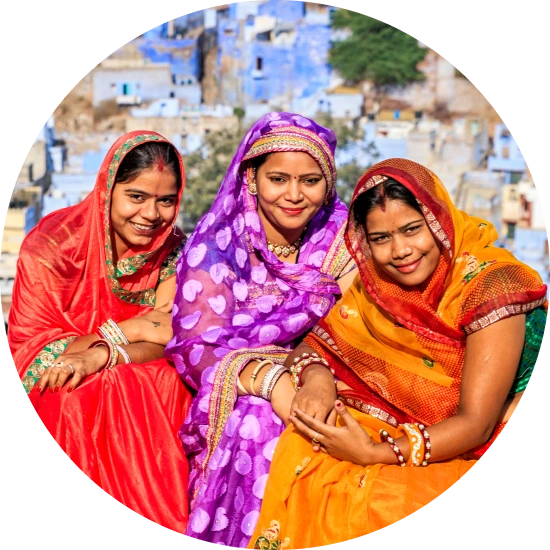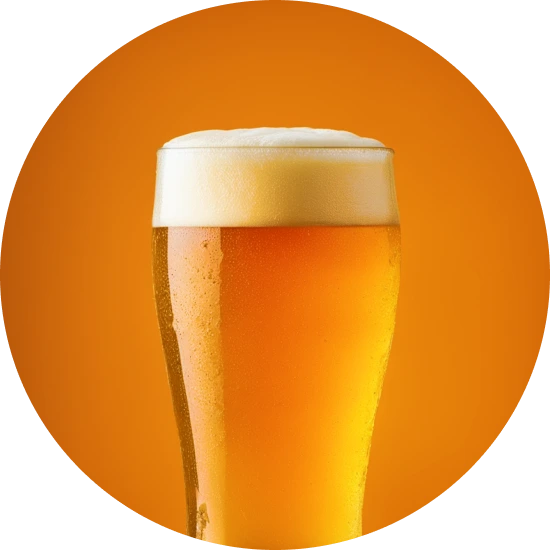Explore the Family Name Nam
How common is the last name Nam in the United States?
Based on the Decennial U.S. Census data, the surname "Nam" increased in popularity between 2000 and 2010. The rank of this surname moved up from 7005 in 2000 to 5569 in 2010, a 20.5% change. In addition, the number of people with this surname grew by 41.52%, from 4412 to 6244. Furthermore, the proportion of the population with this surname per 100,000 residents also increased by 29.27%, from 1.64 in 2000 to 2.12 in 2010.
| 2000 | 2010 | Change | |
|---|---|---|---|
| Rank | #7,005 | #5,569 | 20.5% |
| Count | 4,412 | 6,244 | 41.52% |
| Proportion per 100k | 1.64 | 2.12 | 29.27% |
Race and Ethnicity of people with the last name Nam
The ethnicity distribution associated with the surname "Nam" remained relatively stable over the same decade, according to the Decennial U.S. Census data. The largest ethnic identity associated with the surname was Asian/Pacific Islander, which slightly increased from 92.77% in 2000 to 92.87% in 2010. The percentage of individuals identifying as White decreased slightly from 3.56% to 3.33%. The percentage relating to two or more races also saw a minor decrease from 1.88% to 1.76%. Meanwhile, the proportions for Black and American Indian and Alaskan Native identities had little change, with a small decrease for Black from 1.07% to 0.98% and a small increase for American Indian and Alaskan Native from 0% to 0.08%. Remarkably, the Hispanic identity emerged in 2010, accounting for 0.98% of the Nam surname bearers where there were none recorded in 2000.
| 2000 | 2010 | Change | |
|---|---|---|---|
| Asian/Pacific Islander | 92.77% | 92.87% | 0.11% |
| White | 3.56% | 3.33% | -6.46% |
| Two or More Races | 1.88% | 1.76% | -6.38% |
| Hispanic | 0% | 0.98% | 0% |
| Black | 1.07% | 0.98% | -8.41% |
| American Indian and Alaskan Native | 0% | 0.08% | 0% |
Nam ancestry composition
23andMe computes an ancestry breakdown for each customer. People may have ancestry from just one population or they may have ancestry from several populations. The most commonly-observed ancestry found in people with the surname Nam is Korean, which comprises 77.1% of all ancestry found in people with the surname. The next two most common ancestries are Chinese (4.6%) and British & Irish (4.0%). Additional ancestries include Vietnamese, French & German, Eastern European, Ashkenazi Jewish, and Japanese.
Ready to learn more about your ancestry? Get the most comprehensive ancestry breakdown on the market by taking our DNA test. Shop 23andMe
| ANCESTRY BREAKDOWN | COMPOSITION |
|---|---|
| Korean | 77.1% |
| Chinese | 4.6% |
| British & Irish | 4.0% |
| Other | 14.3% |

Possible origins of the surname Nam
Your DNA provides clues about where your recent ancestors may have lived. Having many distant relatives in the same location suggests that you may all share common ancestry there. Locations with many distant relatives can also be places where people have migrated recently, such as large cities. If a large number of individuals who share your surname have distant relatives in a specific area, it could indicate a connection between your surname and that location, stemming from either recent ancestral ties or migration.
Based on 23andMe data, people with last name Nam have recent ancestry locations spanning a few countries, mostly in South Korea, and the United Kingdom of Great Britain and Northern Ireland.
| RECENT ANCESTRY Location | Percentage |
|---|---|
| Seoul, South Korea | 76.30% |
| Busan, South Korea | 53.40% |
| Daegu, South Korea | 41.50% |
| Jeollabuk Do, South Korea | 36.40% |
| Gyeongsangbuk Do, South Korea | 34.70% |
What Nam haplogroups can tell you
Haplogroups are genetic population groups that share a common ancestor on either your paternal or maternal line. These paternal and maternal haplogroups shed light on your genetic ancestry and help tell the story of your family.
The top paternal haplogroup of people with the surname Nam is O-F1273, which is predominantly found among people with East Asian & Indigenous American ancestry. Haplogroup O-F1273 is descended from haplogroup O-M1359. Other common haplogroups include O-M119 and O-F1204, which are predominantly found among people with East Asian & Indigenous American and East Asian & Indigenous American ancestry. Other surnames with similar common haplogroups are: Zwick, Norby, Eddings, Norberg, Noor, Noone, Noon, Nolin, Noack, Niven.
The most common maternal haplogroups of people with Nam surname are: M, F1a1, D4. These most commonly trace back to individuals of East Asian & Indigenous American and European ancestry.
 Paternal Haplogroup Origins O-M1359
Paternal Haplogroup Origins O-M1359
Your paternal lineage may be linked to many of the Massim groups of Papua New Guinea
Haplogroup O2a is prevalent among Massim ethnic groups, including the populations of Airara, Nomanby, the eastern tip of the mainland, the Trobriand Islands, Gawa, Woodlark, the Laughland Islands, and western Calvados. While Papua New Guinea has been inhabited for over 50,000 years, the Massim may have arrived in the last 2,000 years. Today, these populations remain connected through a traditional island trading system called the Kula Ring. Under this exchange system, residents ensure that goods that are only available on some islands, but that are vitally needed in other islands, are shared among the island populations. Only Massim men participate in the Kula exchange system, and it is common for men to be away from home for months at a time when trading with men from other islands.
Your maternal lineage may be linked to the ancient people of the Indian subcontinent
While Haplogroup M is widespread throughout South and East Asia, it is more diverse on the Indian sub-continent than anywhere else in the world. The high degree of diversity of M in India is likely tied to its ancient arrival here nearly 50,000 years ago. In addition to M2, which is found throughout the subcontinent, there are dozens of haplogroups branching off of M that exist in India. These branches are often connected to specific regions, tribes, or ethnic groups. For example, haplogroup M18 is found among the Oraon peoples of eastern India and Bangladesh, while haplogroup M41 is common among the Pardhan speakers of eastern India, and haplogroup M31a can be found on the Andaman Islands, just off the southeast coast of India.

What do people with the surname Nam have in common?
Spoiler alert: it's complicated. People with the same last name are usually no more genetically similar than a randomly sampled group of people from the same population. That said, people with the same surname are more likely to have similar ancestries than randomly sampled individuals. The reason is the tendency of people with similar cultural or geographical backgrounds to preferentially mate with one another. That's why people who share a surname may be more likely to share traits and tendencies in common than people within the general population. Check out the percentages below to see the prevalences of tastes, habits, and traits of people with your surname compared with prevalences among 23andMe users.
Preferences
Traits

Cheek Dimples
Small indentations that appear on the cheeks when a person smiles.
"Nam" Surname 50.0%
23andMe Users 37.6%
Habits

Sugary Drink
Drinks one or more sugary drinks per day.
"Nam" Surname 17.9%
23andMe Users 21.1%
Wellness

Migraine
A severe headache characterized by intense pain, sensitivity to light and sound, and often accompanied by nausea and vomiting.
"Nam" Surname 16.7%
23andMe Users 16.4%
Are health conditions linked to the last name Nam?
The short answer is that, if there is an association between surname and health, it's usually more about your ancestry than your name. Individuals with a given surname are no more genetically similar than the general population but often have similar ancestries. The populations of people associated with those shared ancestries often have sets of genetic variations, also known as alleles, in common. Some of those alleles are associated with a greater likelihood of developing certain diseases.
Disease variant frequency by ancestry
Disease allele frequencies in populations associated with the surname Nam are shown below. Important Note: not everyone with a disease allele will develop these health condition




